Montana sits in the beautiful Mountain West of the United States. It is bordered by three Canadian provinces to the north, the state of Idaho to the west, Wyoming to the south, and North and South Dakota to the east.
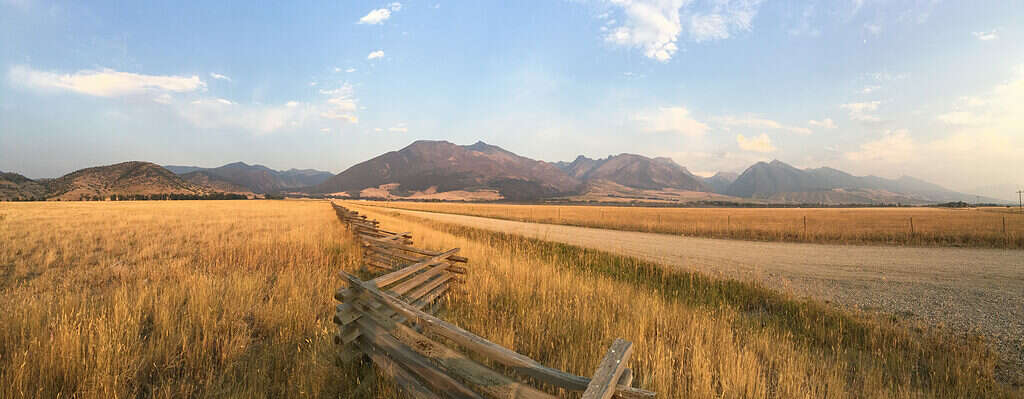
The topography of Montana varies widely throughout the state, as does the plant hardiness zones.
©iStock.com/HinkleyImaging
The fourth largest U.S. state in terms of land area, the topography of Montana varies widely throughout the state. You will find everything from mountains to badlands to prairies within Montana’s borders. And Montana’s plant hardiness zones vary just as widely as the state’s landscape.
Montana’s hardiness zones range from Zone 3a in the north-central and northeast part of the state to 6a in extreme western Montana. Because of these variances, gardeners in the state must adopt different practices depending on where they reside. For rose growers, this means carefully selecting the roses for their specific hardiness zones.
Get to Know the Rose
There are over 150 species in the Rosa genus, with thousands of cultivars and hybrids. Most roses are recommended for Zones 5-8, as reflected in the table below. But never fear, Montana rosarians! There are rose hybrids specifically developed for colder zones like yours.
| Rose Facts | |
|---|---|
| Botanical Name | Rosa spp. |
| Common Name | Rose |
| Plant Type | Perennial |
| Hardiness Zones | Zones 5-8 |
| Sunlight | Full |
| Bloom Seasons | Spring, Summer, Fall |
| Toxicity | Non-Toxic |
Types
There are relatively few Montana residents who can simply grow any roses they want unless they happen to live in the small slivers of the state that fall into Zones 5-6. The majority of Montanans live in Zones 3-4 and need to pay very close attention to the growing recommendations for specific roses.
Local Montana nurseries are likely to sell roses that are recommended for their specific zones. If you are purchasing roses online, however, be very sure the flowers you purchase are rated for your specific hardiness zone.
So let’s talk about how Big Sky Country can become Big Rose Country! Here are six hybrid roses designed specifically for growing in colder regions like Montana.
Thérèse Bugnet Rose (Rosa ‘Thérèse Bugnet’)

The large blooms of the Thérèse Bugnet Rose can measure up to four inches across.
©Olga Ganovicheva/Shutterstock.com
The Thérèse Bugnet is a nearly thornless plant that is hardy to Zone 3, making it a wonderful choice for all Montana gardeners. It is a hybrid rugosa shrub rose that typically grows 5-7 feet tall, and equally as wide. The pink-lavender double blooms measure about four inches across at their peak. Blooms appear in early summer and carry a strong, sweet rosy fragrance. Deadheading will encourage new bloom growth throughout the growing season.
This plant tends to spread out wide, with little consideration for any boundaries you might have in place. If space is limited, you may want to consider some of the other roses discussed in this article for your Montana garden. But if you have ample room, the Thérèse Bugnet may be the rose for you.
Alexander Mackenzie Rose (Rosa ‘Alexander MacKenzie’)

The blooms of the Alexander MacKenzie Rose range from medium to deep red.
©JHVEPhoto/Shutterstock.com
The Alexander Mackenzie Rose (often simply called the Mackenzie) is hardy to Zone 3 and features medium to deep red blooms that resemble hybrid tea roses. The double blooms of this plant are born in large clusters and measure up to three inches in diameter at their peak.
This shrub rose grows 5-6 feet tall and 4-5 feet wide. The deer-resistant blooms attract butterflies, bees, and other pollinators.
It should be noted that the Mackenzie is not as disease-resistant as some of the other roses on this list. With close monitoring and good cultural practices, though, it often delights gardeners for a long time.
Prairie Joy Rose (Rosa ‘Prairie Joy’)
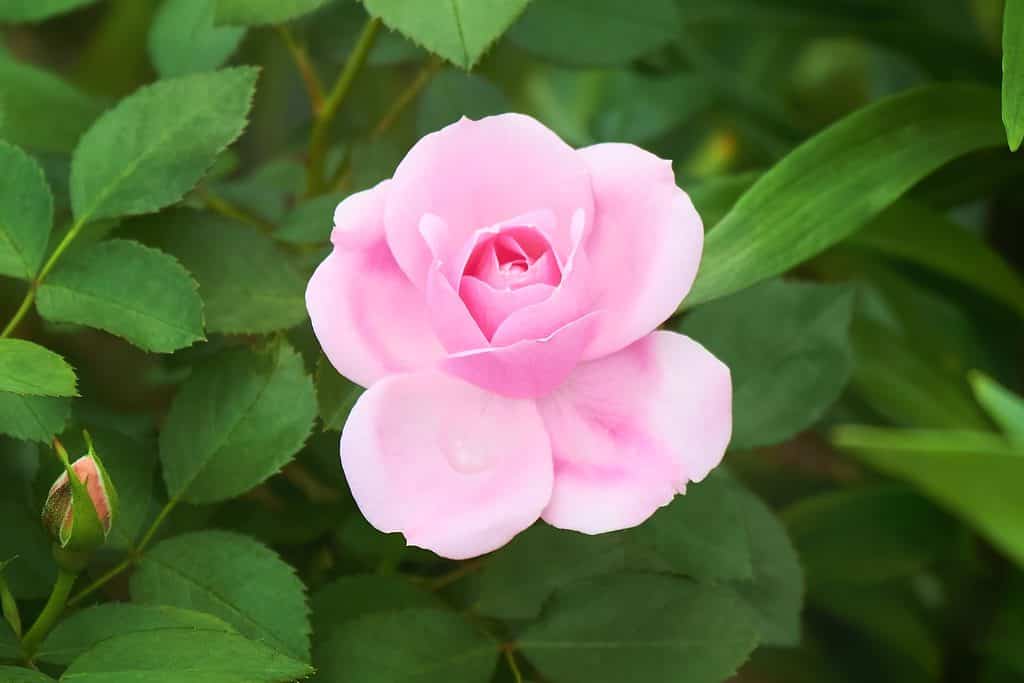
The Prairie Joy Rose is features stunning pink blooms, but watch out for those thorns!
©Mary_AMM/Shutterstock.com
This shrub rose was introduced in Manitoba, Canada in 1990 and is hardy to Zone 2b. Clusters of double pink flowers bloom in early summer and remain prominent throughout the growing season. The plant can grow to four feet tall with a five-foot spread at maturity. It also tends to fill out all the way to the ground, creating a lovely display from top to bottom.
Prairie Joy roses are exceptionally resistant to common rose diseases such as powdery mildew and black spot disease.
The Prairie Joy is quite a thorny plant, so placing it next to a walkway or other high-traffic area may not be the best idea. This plant tends to latch onto unsuspecting passersby, who often have a less-than-pleasant reaction. But, when given some space, it is one of the best roses for Montana gardens and beds. It adds a delightful pinkish-shell color throughout the entire summer.
Rugosa Rose (Rosa rugosa)
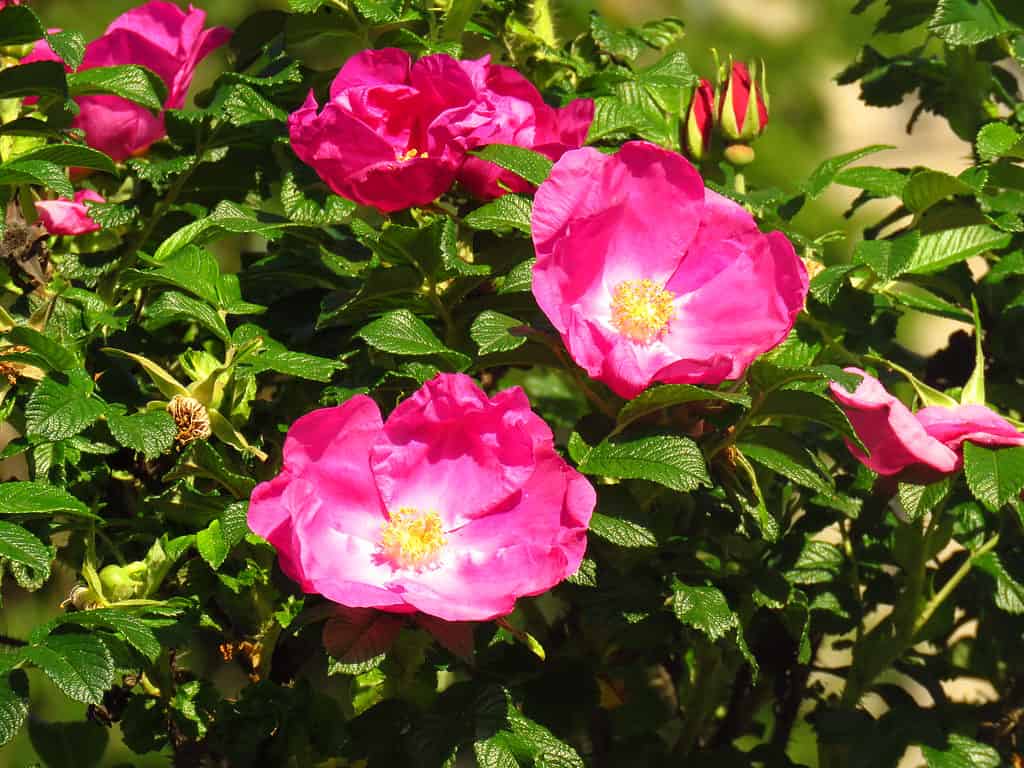
Don’t let its lovely pink and yellow blooms fool you. The Rugosa Rose is one tough customer!
©Przemyslaw Muszynski/Shutterstock.com
The Rugosa Rose is the very definition of a hardy rose. It is cold-hardy down to Zone 2a. Montana’s coldest region is classified as Zone 3a, which would be like a day at the beach to the Rugosa Rose! You won’t find many tougher, more rugged roses on the market today. The Rugosa Rose can handle nearly any growing conditions, including both sweltering and frigid temperatures, along with drought and excessive humidity. It is sometimes known as the beach rose because it can even thrive in the salty areas of coastal regions. If it can handle all of that, it can handle virtually any Montana garden.
The plant features some formidable thorns, so consider that when deciding on placement. The blooms of the Rugosa Rose are showy violet/pink flowers with yellow eyes. The blooms last throughout the summer and are great flowers for cut arrangements.
The Rugosa Rose’s impressive hardiness and disease resistance also mean it can be difficult to quell its proliferation. The plants tend to spread quickly and are actually considered invasive in some areas. This is mainly confined to Alaska and the Northeast U.S., but double-check the laws and regulations in your locality before planting.
Gabriel Oak Rose (Rosa ‘Gabriel Oak’)
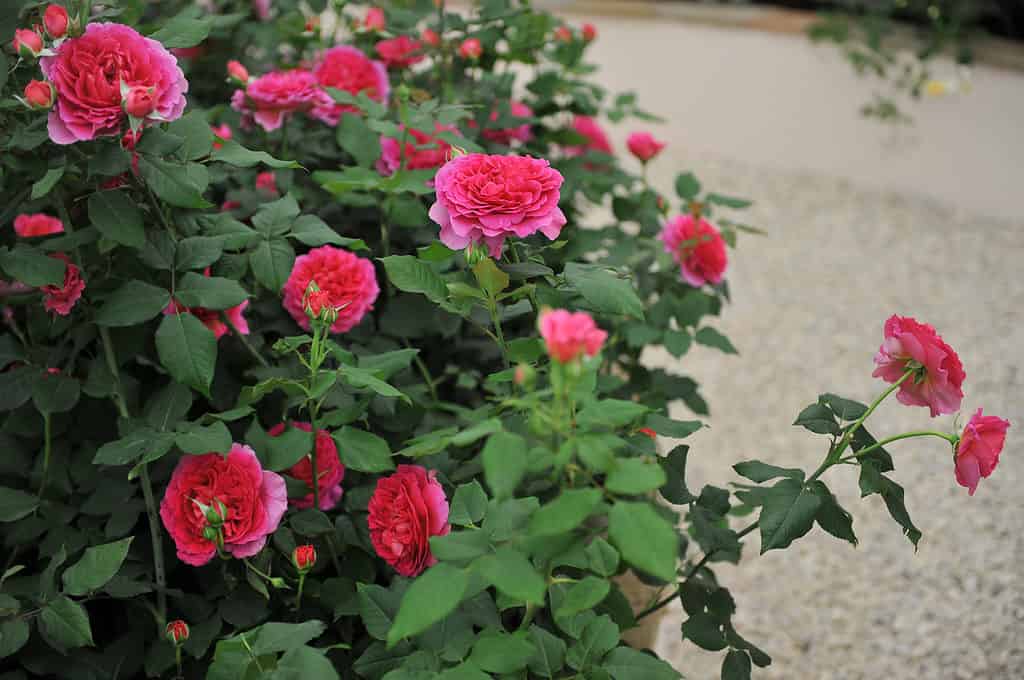
The Gabriel Oak shrub rose blooms with vibrant fuchsia-pink colors.
©Sergey V Kalyakin/Shutterstock.com
Much of Montana is classified as Zone 4 on the USDA scale. For gardeners who reside in Zone 4 or above, the Gabriel Oak Rose is a lovely option for your garden or flower bed.
This David Austin shrub rose is relatively new to the scene, having debuted in 2019. It is named after the beloved character in Thomas Hardy’s fourth novel, Far from the Madding Crowd.
Gabriel Oak Roses are disease-resistant and feature medium rosette blooms packed with as many as 125 petals. The flowers are a fuchsia-pink color and boast a strong, fruity fragrance. The plant remains more compact than others on this list, growing four feet tall and equally as wide at maturity.
Lady of Shallot Rose (Rosa ‘Lady of Shallot’)
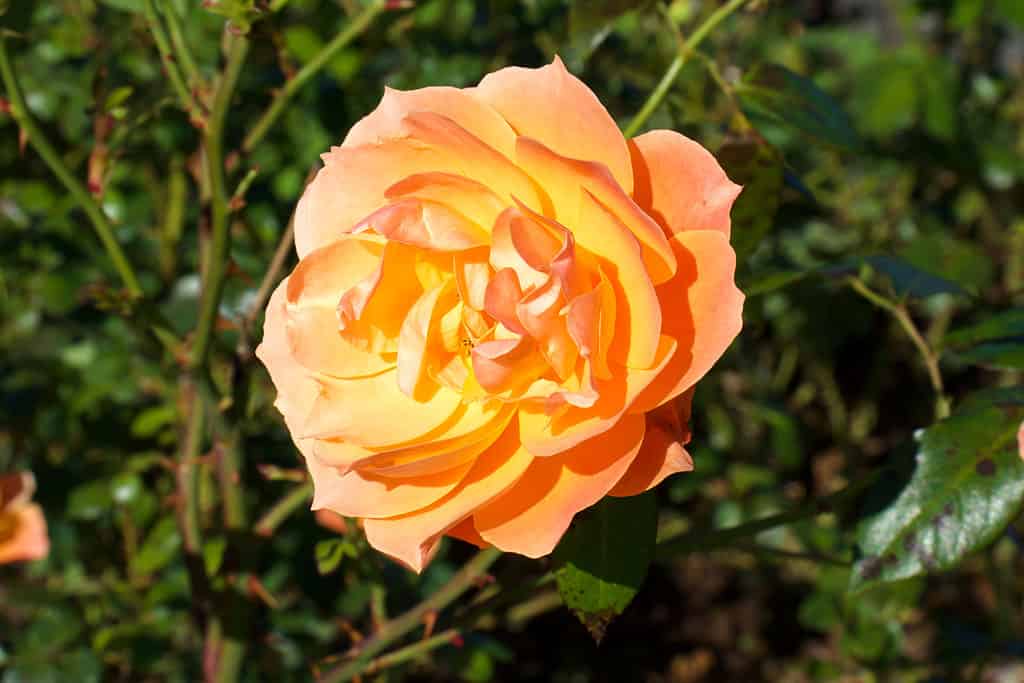
The unique blend of salmon-pink and orange make this rose a true stunner!
©ChetnaC/Shutterstock.com
Also cold-hardy to Zone 4, the Lady of Shallot Rose features orange-red buds that open to chalice-shaped blooms loosely packed with around 60 petals.
The outer petals feature a salmon-pink color, with the inner petals displaying a creamsicle-orange hue. The flowers also feature a delightful light tea fragrance with notes of spiced apple and cloves. It is sure to make your gardens and beds stand out in your neighborhood.
Introduced in 2007, the Lady of Shallot Rose is disease-resistant and relatively compact, growing to a height of four feet with a spread of three feet at maturity.
Planting Tips
Once you have decided which rose variety is best suited for your garden conditions, implementing some best practices will help your roses reach their full potential.
When To Plant
The soil should be prepared in the fall or early spring (at least a month before planting) with compost, peat moss, leaf mold, or composted or dehydrated manure.

Work compost or other organic material into the soil during the fall or early spring before planting roses.
©Singkham/Shutterstock.com
To get a jump on the shorter Montana growing season, it is best to plant shrub roses in the spring as soon as the ground thaws enough to be workable. Roses should be planted while they are still dormant.
Where to plant
Roses generally require full sun. A spot that receives at least six hours of sunlight each day is a good choice provided it drains well. Roses need consistent moisture but don’t do well with standing water. Too much water will prevent the roots from receiving oxygen.
Prepare the planting area by loosening an area of soil about two feet in diameter. Work a generous amount of manure or compost into the soil. Once you have dug a hole large enough for the root ball, add some bone meal. It will slowly release nutrients that are beneficial for your roses. Spread out the roots, tamp down the soil after planting, and water it generously.
Growing Season
Water your roses often. Again, your roses won’t do well in standing water, but under-watering is a common problem among garden roses. Generally speaking, roses should be watered every 2-3 days. Provide enough water in each watering session to reach down about 16 inches deep in the soil. This will encourage deep, strong root growth. Begin watering in the spring and continue watering throughout the season until the plant goes dormant for the winter.
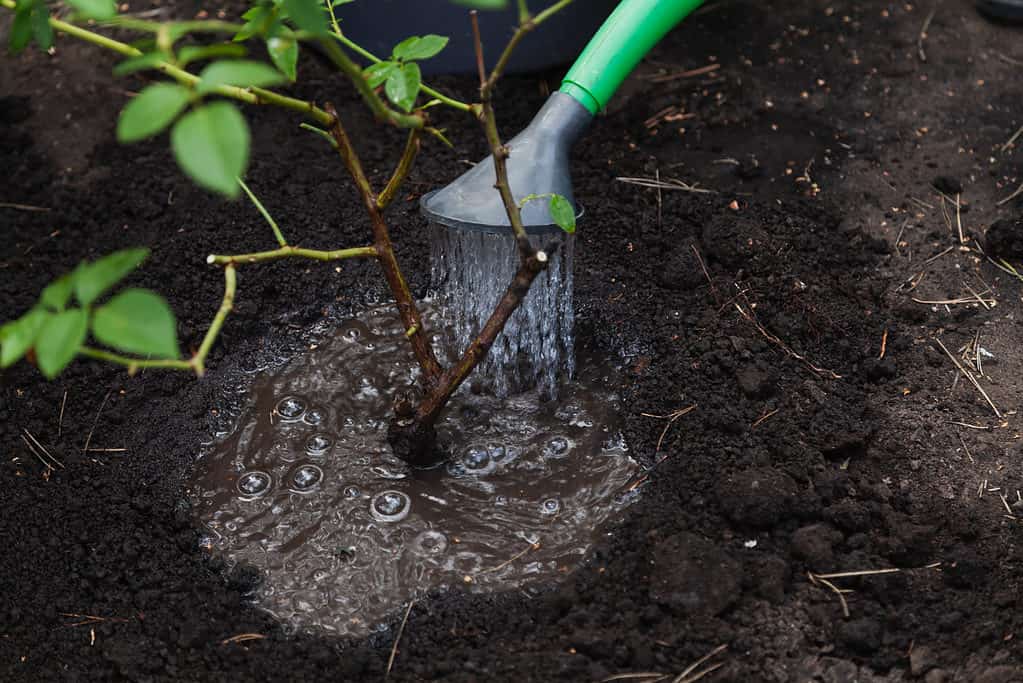
Water roses deeply 2-3 times each week throughout the growing season.
©iStock.com/glebchik
It also helps to feed the plants with an organic fertilizer mix that is specifically formulated for roses. Feed every few weeks throughout the growing season, but stop the feedings 6-8 weeks before the first expected frost in the fall.
Toxicity
All roses are non-toxic. Actually, not only are they non-toxic, but roses are actually edible! The leaves, petals, buds, and hips can all be used in a variety of food and drink preparations.

Rose petals are used in teas, honey, and even as an accent in some trendy coffees!
©Fascinadora/Shutterstock.com
Though all roses are edible, some are much tastier than others. Since taste is a personal preference, the best rule of thumb is that if the rose smells good to you, it will probably taste good to you, too.
One important note of caution: if you use synthetic fertilizers, chemicals, or pesticides on your roses, do not eat them! With those chemical treatments, the plants are no longer classified as non-toxic.
Up Next:
- What Montana Gardeners Need to Know This Spring
- How Often To Water Roses
- How To Dry Roses
- 10 Native Plants in Montana
- The Flag of Montana: History, Meaning, and Symbolism
The photo featured at the top of this post is © iStock.com/vasare
Thank you for reading! Have some feedback for us? Contact the AZ Animals editorial team.






